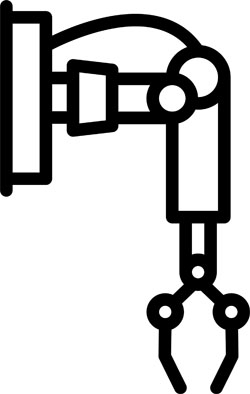The importance of data Many governments are now using AI solutions to improve public-sector productivity in different sectors such as transport, healthcare and public services. In 2019 at the World Economic Forum, the world’s first public procurement guidelines for AI were released, emphasising the vast potential of using AI in the public procurement sector. AI solutions provide an opportunity to monitor and analyse extremely complex and large sets of procurement data in order to automate or solve complex tasks more efficiently than humans. The common areas where AI can bring value to public procurement are: Anomaly Detection: AI can monitor large quantities of public tender data and detect any anomalies, e.g. unexpected changes in purchase prices and allegations of fraud by using machine learning algorithms. Risk Analysis and Pattern Recognition: AI can capture and analyse millions of different data sources and provide a clearer picture of the profiles of procuring entities and bidders and their patterns to be able to identify and predict whether this particular partner is reliable or not. Automate manual tasks: AI can automate many time-consuming tasks for businesses, such as repetitive similar procurements, performance reporting, etc. There is an increasing number of examples of AI being used in public procurement. In 2016, Ukraine launched a fully online public procurement platform called Prozorro. It has since been recognised as one of the most innovative public procurement systems globally with3,000 to 5,000 new tenders published in the system every day. One of the main goals of Prozorro was to eliminate corruption in the public procurement sector. In 2018, the State Audit Service began the automatic verification of tenders in Prozorro based on 35 risk indicators. The more indicators that are flagged, the greater the likelihood that the auditors will verify the tender. Practice shows that fraudsters have easily adapted their practices to cheat the system regarding risk indicators. In parallel, a team of experts created and started training a new AI system to monitor public procurements called Dozorro. It is based on software which learns to identify tenders with a high risk of corruption and is vastly different from risk indicators. The results of the first beta test in 2018 showed that AI identified 26% more tenders with an unfair selection of the winner, 37% more tenders where bidders were unfairly disqualified, and a 298% increase in events of collusion between the bidders, than humans. a 298% increase in events of collusion between the bidders, than humans. The system is developing every day and is expected to be fully operational soon. | 






%20(2).jpg?v=3)




Social Media cookies collect information about you sharing information from our website via social media tools, or analytics to understand your browsing between social media tools or our Social Media campaigns and our own websites. We do this to optimise the mix of channels to provide you with our content. Details concerning the tools in use are in our privacy policy.